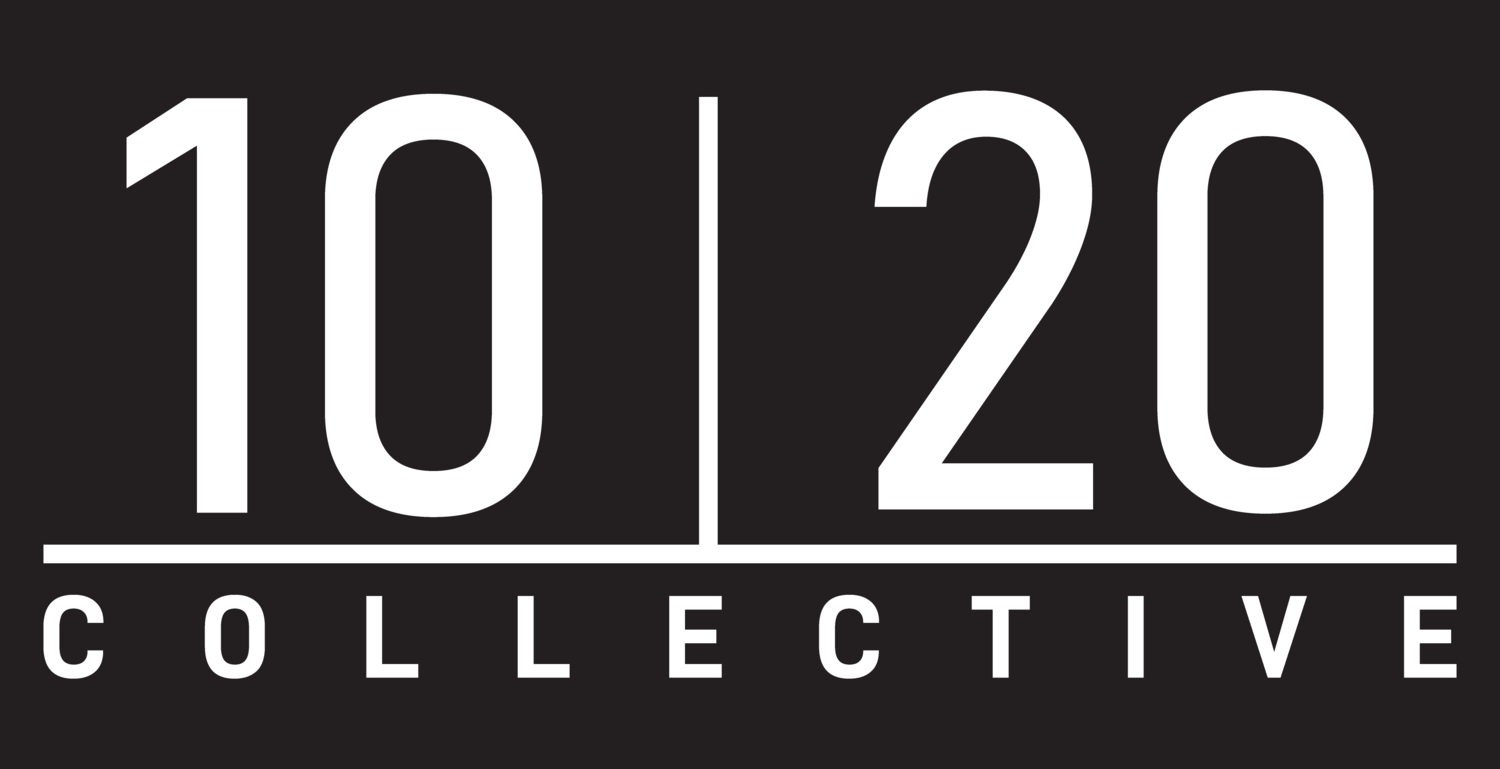Curtis Waidley
Natural States
Nowadays, photography in the National Parks hardly goes beyond a glared selfie on an asphalt overlook. (But I won’t pretend like I’m above doing that exact thing). Though I often wonder if the cameras hinder how we, the public, experience our public lands. I fear that the compulsion to take snapshots of an unfamiliar environment can distract us from truly experiencing their grandeur.
The most effective way I can make a photograph is to not. Not right away. I would not expect to take a good portrait of a human being without knowing anything about them first, and I would not expect to make a good portrait of the landscape without knowing anything about it first either. The creation is dependent on the way I get to know a landscape.
My artistic process is mostly getting flat tires and marching along a muddy trail in wet socks. It’s sleeping under the glinting stars while the coyotes howl nearby. It’s gasping and sweating as I hoof up fourteen thousand feet in elevation in the thin dark air to witness a summit sunrise. It’s floating along the murky waters in my kayak while playing a game of limbo to avoid the cotton candy spider webs woven across the mangrove tunnels. It’s directing traffic on a park road to let wild horses cross. It’s blinking alone in the dark while a violent storm whips the fabric of my tent in the middle of a desert. After all of that, I can answer the land’s language with a photograph.
As a photographer, and more importantly,
a human being, I am only a guest to witness the land’s sublimity. Like a kid keeping fireflies in a jar, these photographs are my most genuine attempt to bottle the fleeting moments of awe I have felt in the National Parks. They are my love letter to the land.
I have been inspired by artists who, nearly 100 years ago, created work that prompted the creation of the National Park Service to safeguard the land from private interests. Subsequently, the Works Progress Administration fostered this idea of “art for the common good”. Artists were commissioned to design National Park posters which highlighted unique features and promoted visitation in the parks at a time when they were still an infant and vulnerable idea. My graphic prints are comprised of the digital photographs that I take along each of my pilgrimages. Images of forms, textures and colors become the building blocks for these prints. I design them to embody the unique personalities of each Park. Like the original WPA Park posters, my prints inspire the defense of these sacred landscapes so that they may be kept in their natural states forever.


